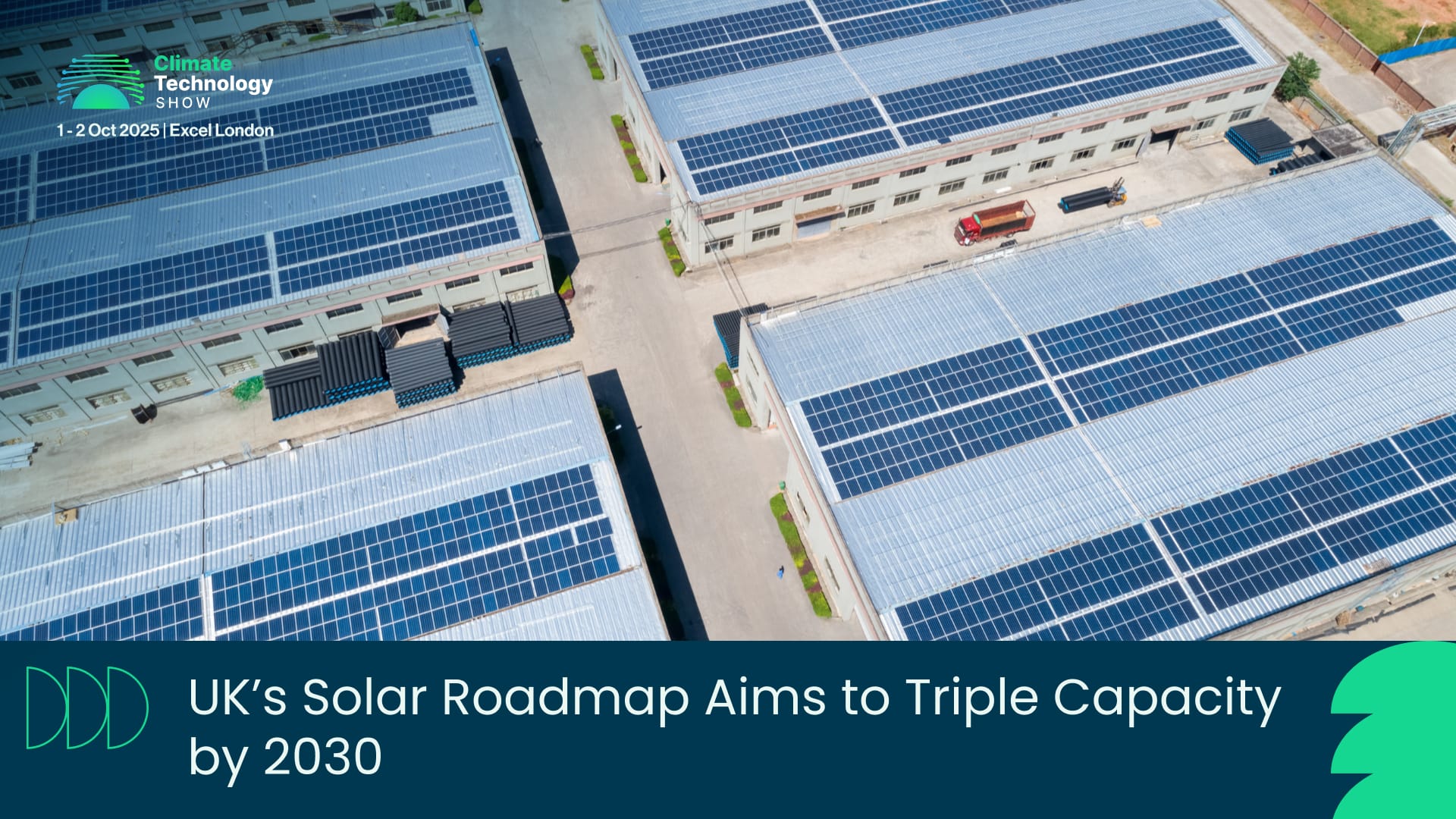London, UK , 01 July 2025 — The UK government has announced a major new Solar Roadmap aimed at more than doubling the country’s solar energy capacity by 2030, as part of efforts to cut emissions, reduce bills, and strengthen energy security.
The plan sets a clear target to grow solar generation from approximately 19 gigawatts (GW) today to between 45 and 47 GW within five years—enough to power around 9 million homes.
Described as a key pillar of the UK’s net-zero strategy, the roadmap outlines measures to speed up project delivery, expand rooftop solar uptake, and unlock investment across the clean energy supply chain.
Policy Changes to Accelerate Deployment
The roadmap addresses longstanding obstacles facing solar developers, including delays in planning approvals and grid connections. To overcome these, the government has committed to reforming planning and grid access rules, enabling faster installation of both large-scale solar farms and rooftop systems.
New funding will support local authorities in processing planning applications, while planning thresholds for medium-sized projects will be raised to enable quicker approvals.
A key feature of the roadmap is a stronger push for rooftop solar. From autumn 2025, all new homes will be required to include rooftop panels as standard. The government is also reviewing new rules to allow plug-in balcony panels, aimed at renters and residents of flats.
Smarter Solar Siting and Storage
In a shift away from land-intensive development, the roadmap highlights alternative installation sites, including above car parks, on warehouse roofs, and on floating platforms over lakes and reservoirs. These approaches are intended to reduce land-use conflicts and generate power closer to where it is consumed.
The roadmap also supports the integration of battery storage with solar installations, helping store power during the day for use during peak demand.
Boosting the UK Solar Industry
While most solar panels are still manufactured overseas, the roadmap identifies supply chain opportunities in the UK, such as producing inverters, cabling, control systems, and battery storage units.
The plan also pledges investment in next-generation solar technologies, including lightweight and high-efficiency materials. To support this growth, universities and training providers are being encouraged to expand courses in solar installation and maintenance. Guidance materials will also be developed for planning officers and developers.
Benefits for Local Communities
Under the new roadmap, developers of large-scale solar farms will be required to offer community funding. These contributions could support education, local services, or environmental projects.
Energy Minister Michael Shanks said the plan would help households save on energy bills while reducing reliance on fossil fuels.
“Families have been paying the price for the fossil fuel rollercoaster for years.
“Our Plan for Change means delivering more homegrown energy that we control to boost the UK’s energy security and save money on your bills.
“Through solar, we are rolling out the quickest to build and one of the cheapest forms of energy for families to start saving hundreds on their energy bills, all whilst helping tackle the climate crisis.”
National Goals, Local Impact
The roadmap forms part of the UK’s broader clean energy transition and is expected to deliver long-term economic and environmental benefits. If fully implemented, the plan could create thousands of jobs, lower household energy costs, and help the UK stay on track with its 2050 net-zero commitments.

